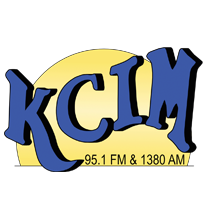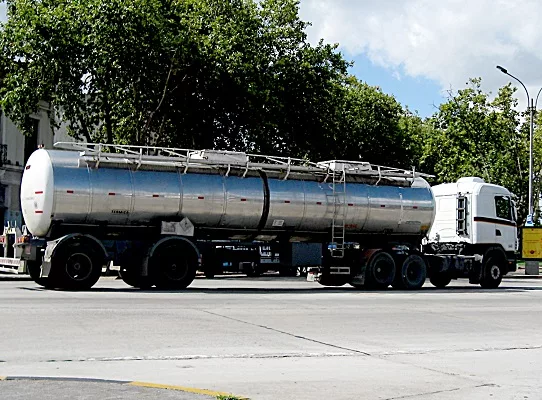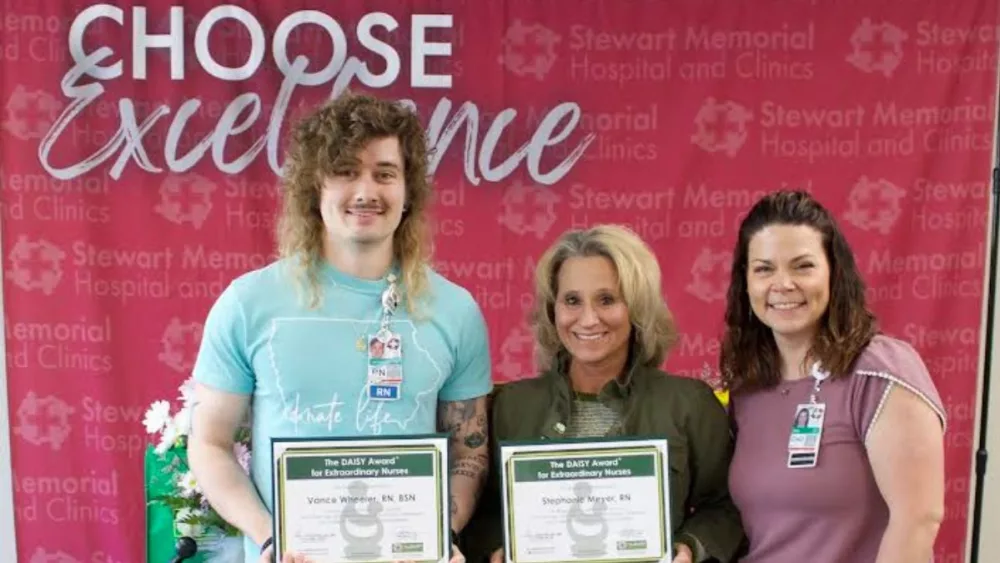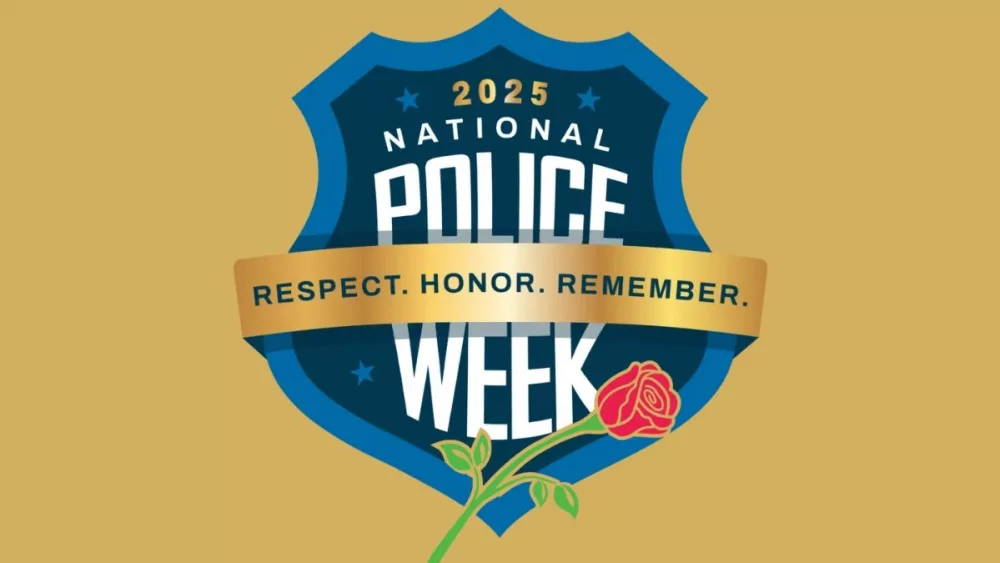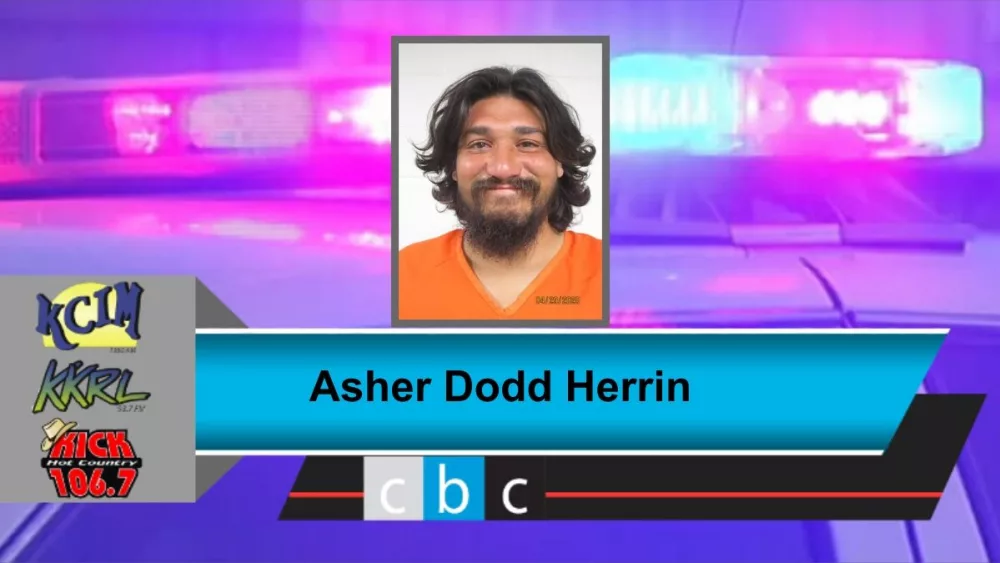Local economic leaders are pushing officials in Washington, D.C. to ease some of the training guidelines for first responders as the number of volunteers, especially in rural Iowa, begins to dwindle. The Iowa Department of Health and Human Services (HHS) uses the recommended training requirements from the National Highway Traffic Safety Administration (NHSTA) for first responders, emergency medical technicians (EMTs), and paramedics. According to Gene Meiners, who represented the Board of Supervisors on Carroll County Growth Partnership’s (CCGP) Access Washington trip, the additional requirements placed on those in the field affect volunteer numbers.
Training to become a “first responder,” which provides critical aid until an ambulance arrives, used to require only 40 hours of training. The NHTSA guidelines increased that to 100 hours, EMT training to 200 hours, and paramedics from 1,600 hours to a minimum one-year technical degree. Once licensed, these individuals must also complete continuing education courses every year to maintain their certification. Meiners agrees that training is essential, but not to the point that it pushes volunteers away.
Meiners adds that fewer volunteers mean longer response times for serious injuries, car accidents, and medical emergencies. Minutes can be the difference between life and death in these situations. He says they would also like to see these volunteers rewarded for serving their communities.
He says Carroll County is not in a challenging position yet, but many other counties’ EMS departments are struggling to meet the needs of their population. If something in the current system is not changed, parts of Iowa will likely have limited or no access to ambulance services.


